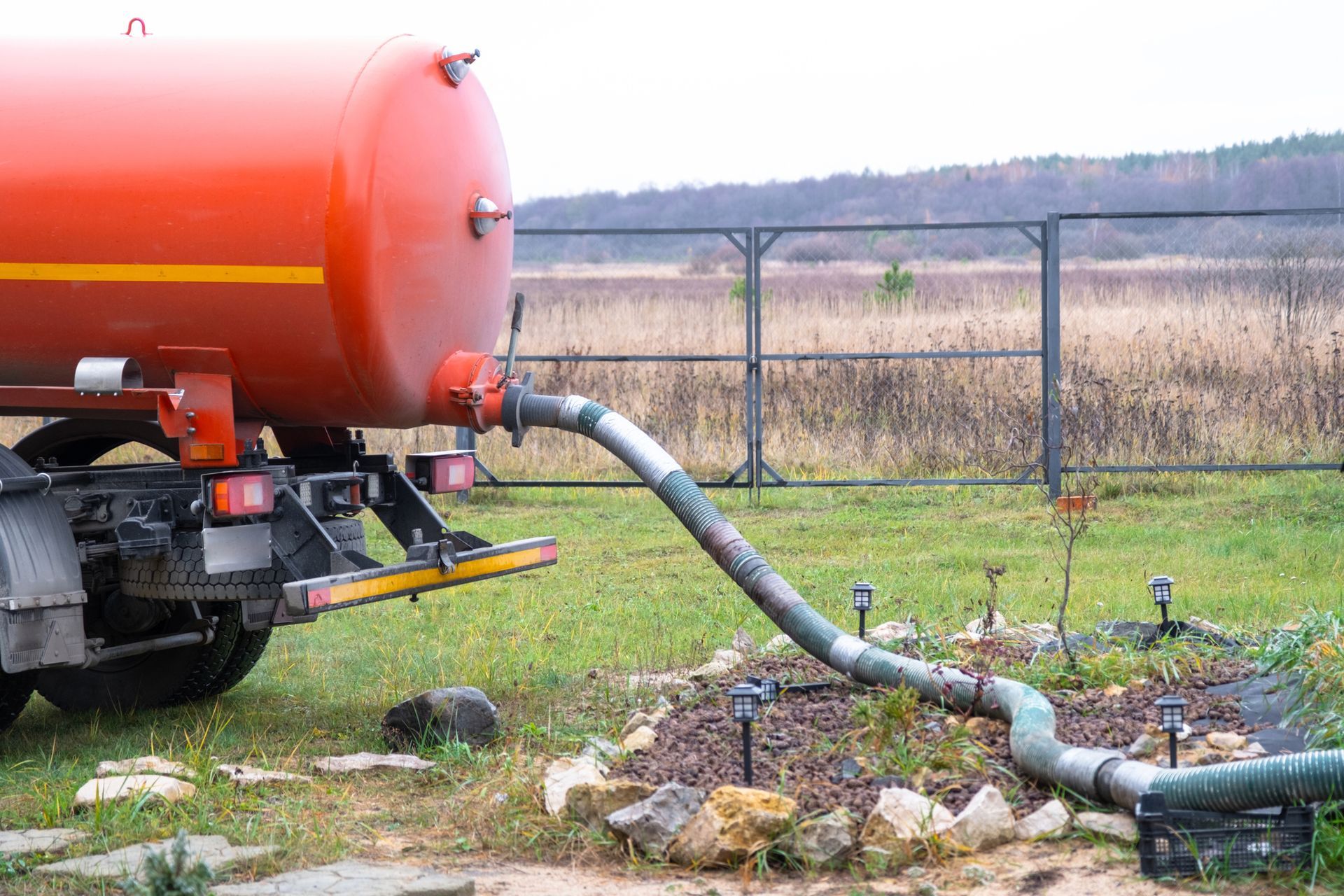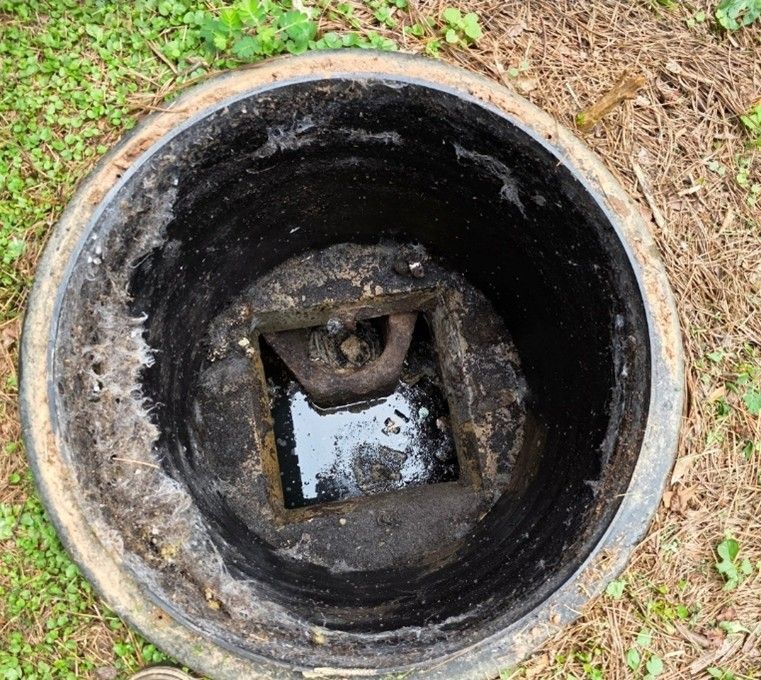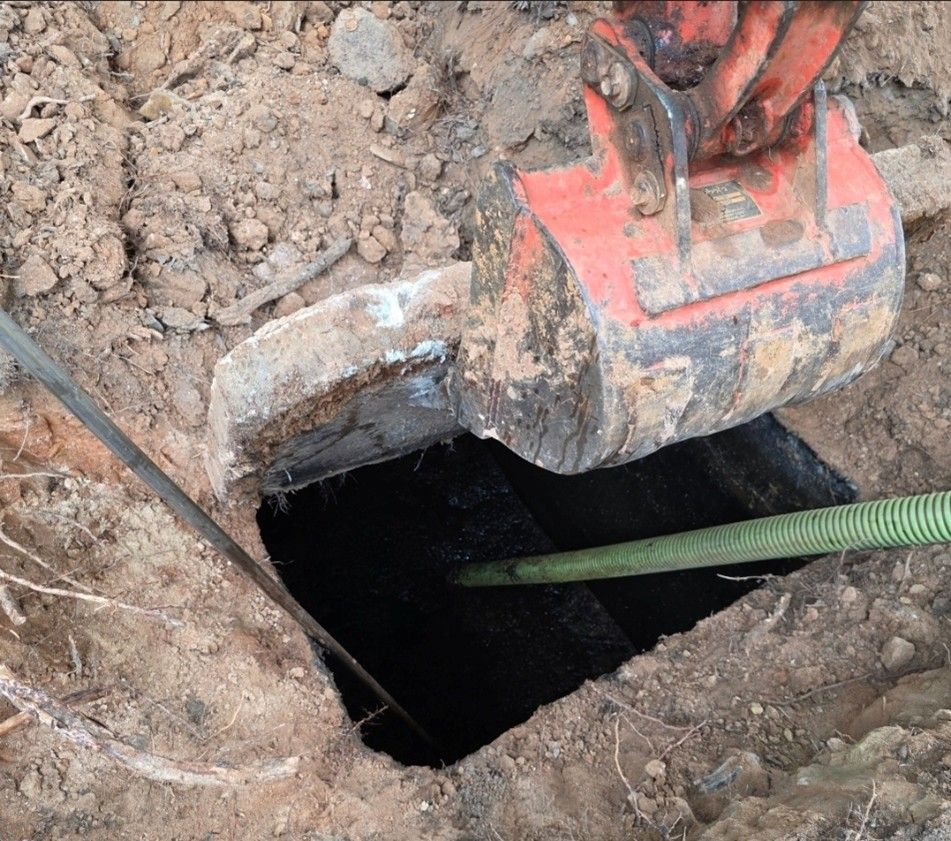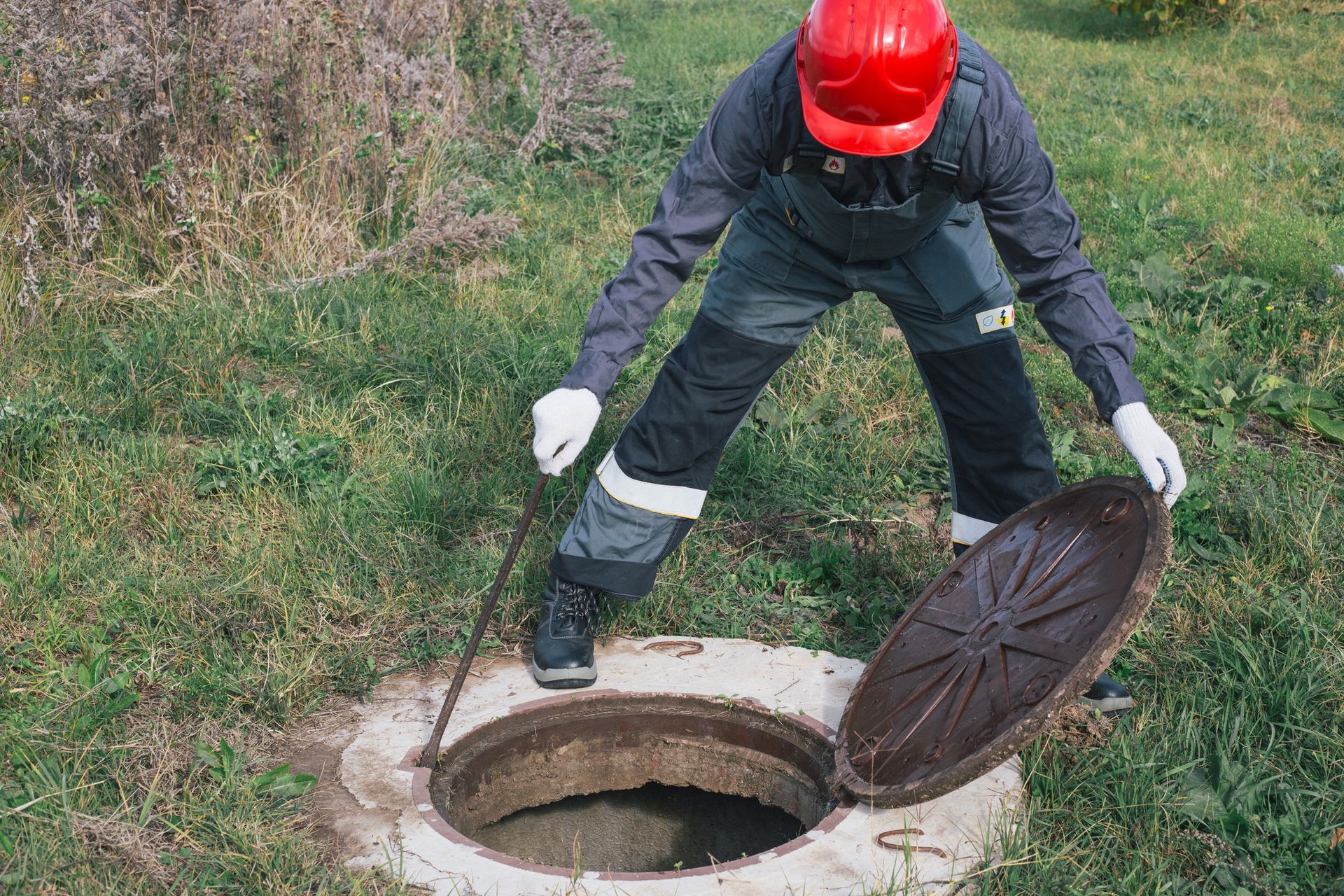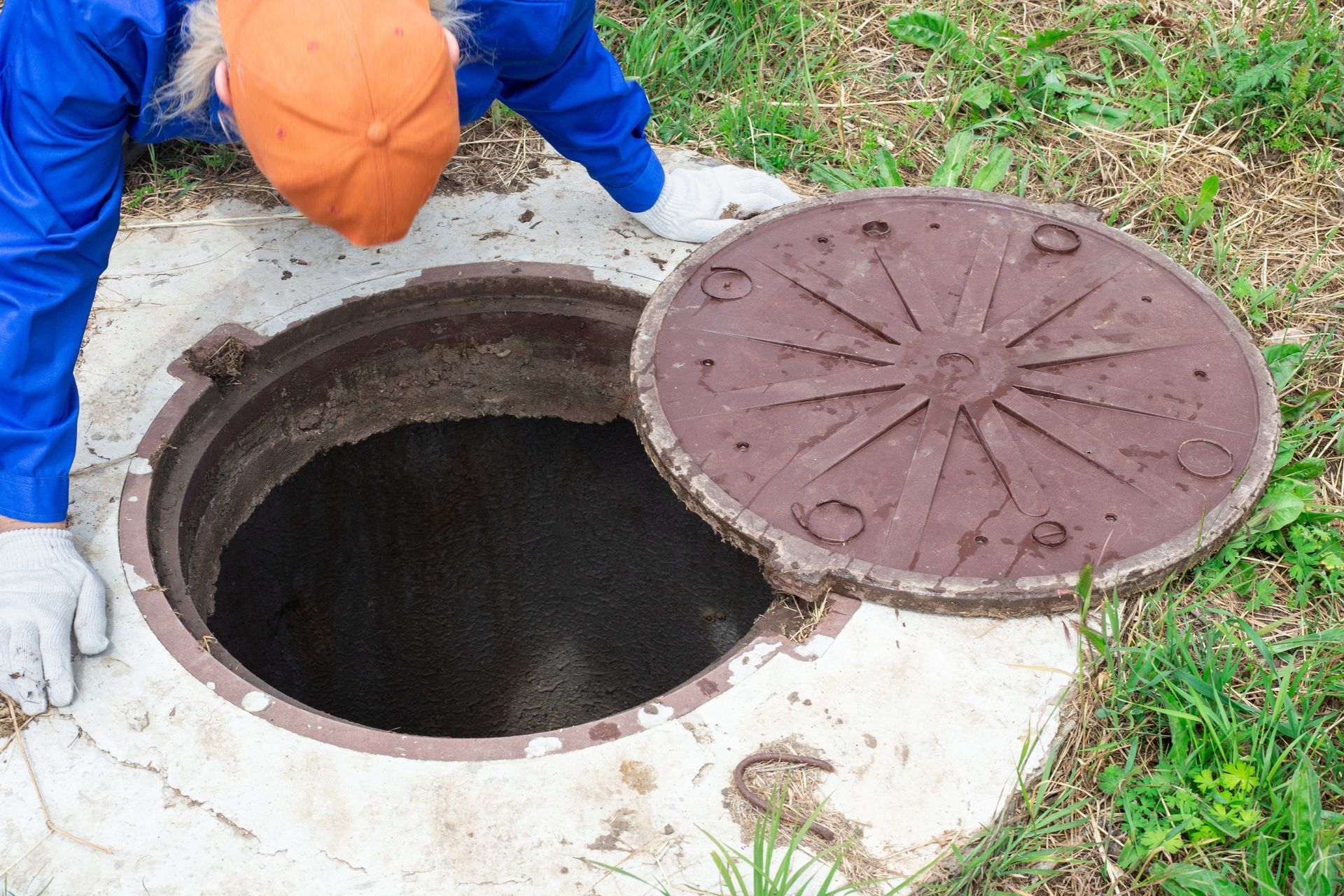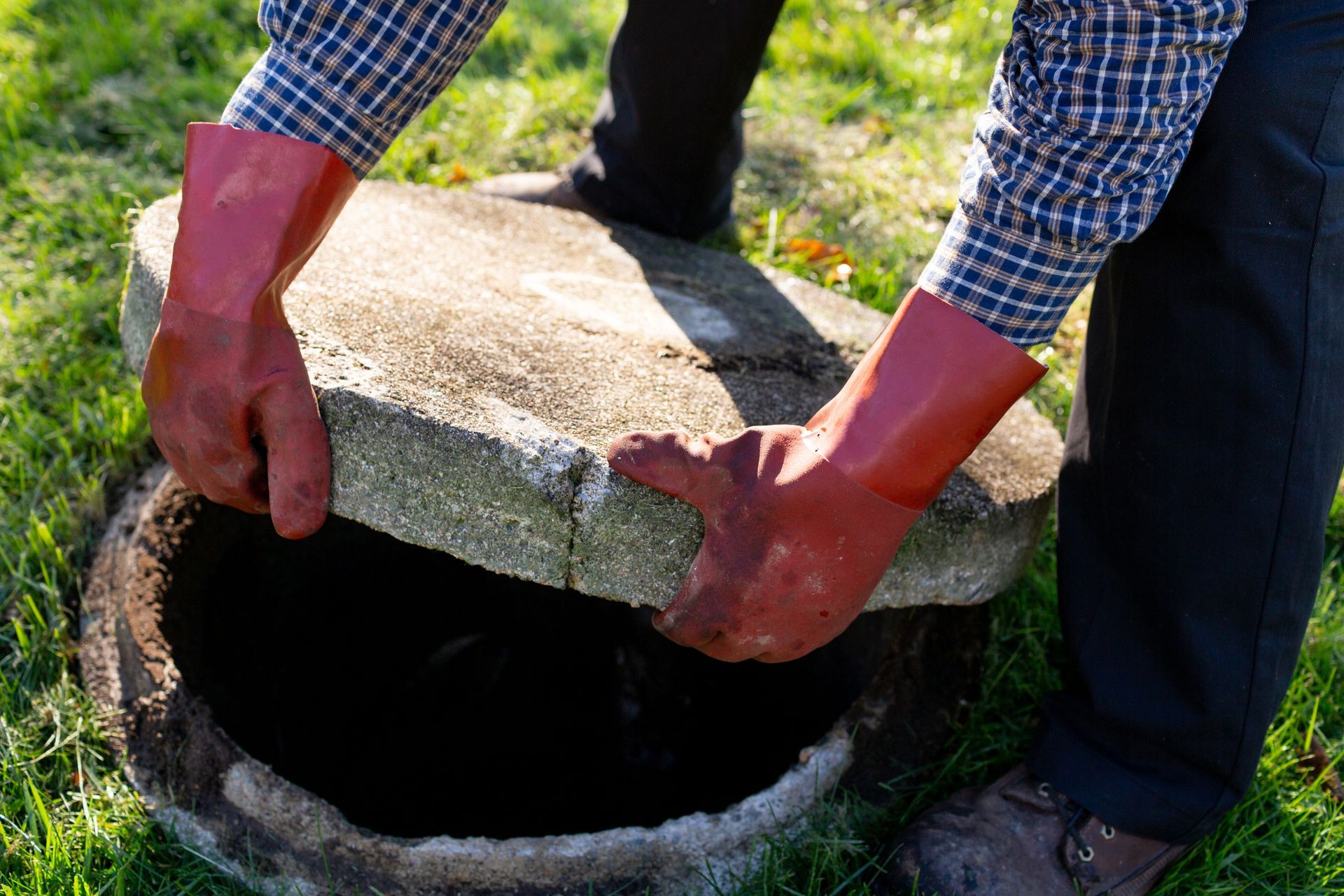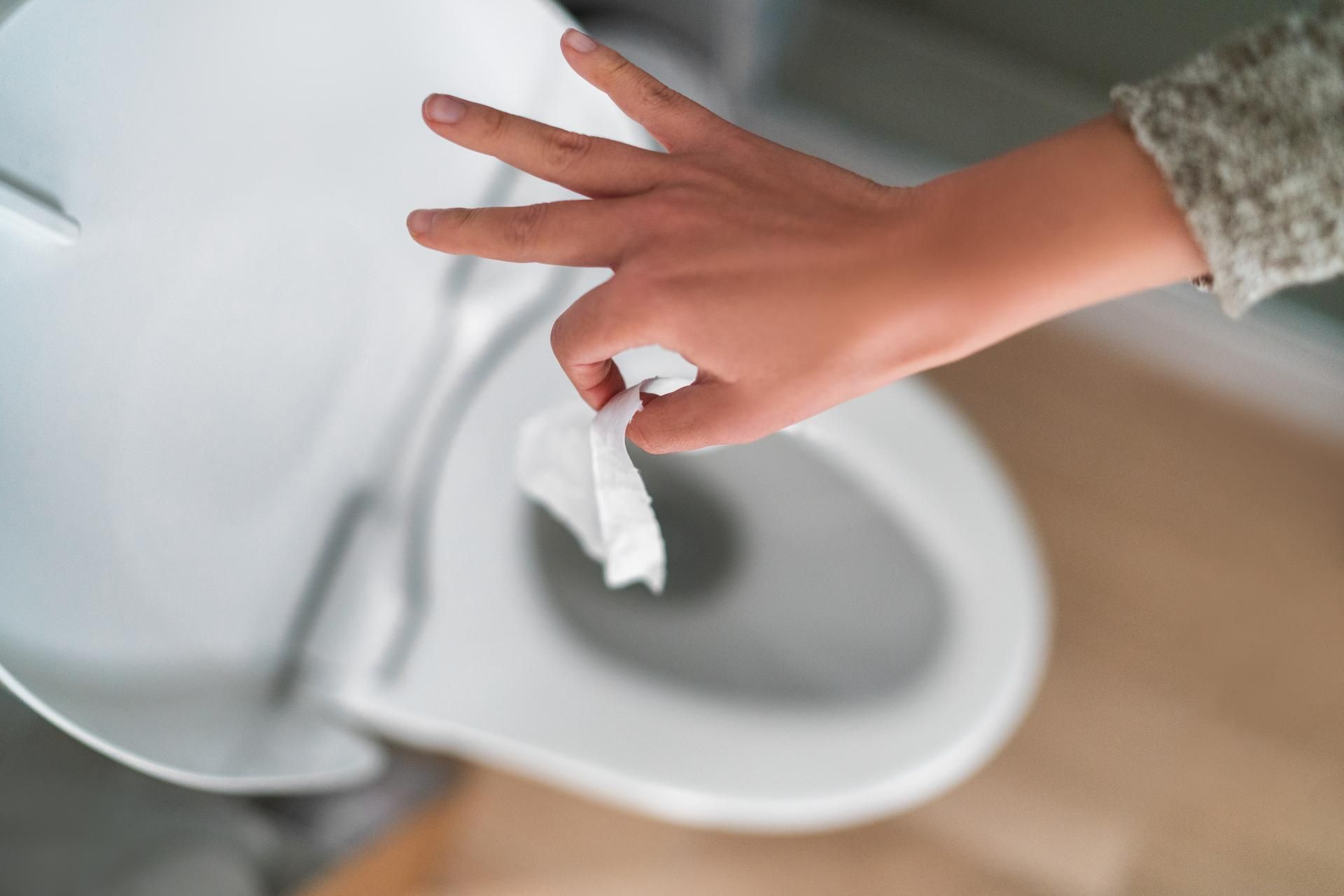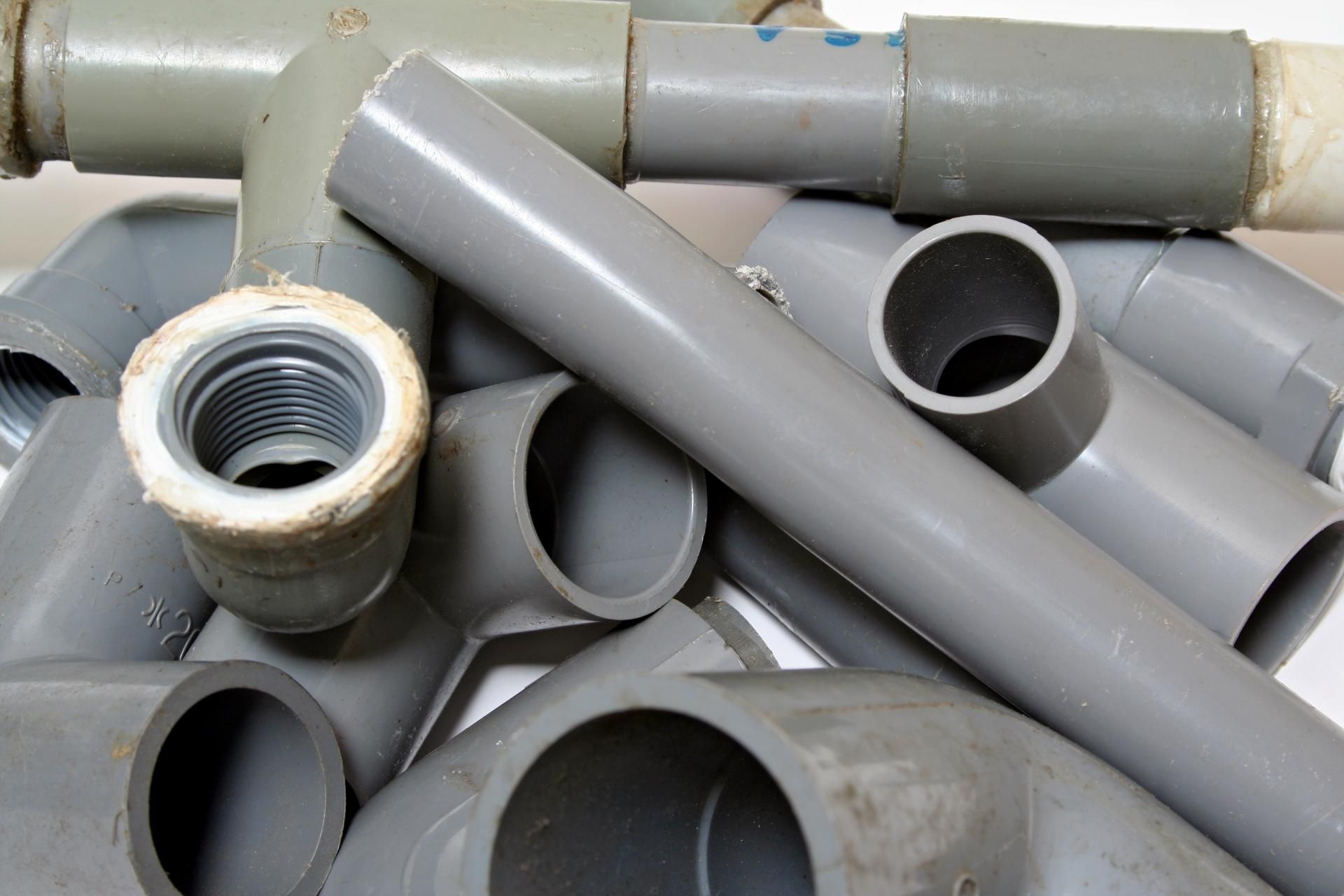The Role of Microbes in Your Septic System

The Septic System's Process
- The wastewater in your septic tank separates into three layers: scum, wastewater and sludge.
- The partially cleaned wastewater then flows through a distribution box, which splits the water between drain field lines.
- When the water reaches the drain field lines, it filters out through the perforated pipes into the surrounding soil.
Microbes in the Septic Tank
In the septic tank, wastewater separates into three layers. Aerobic bacteria, which use oxygen to digest the waste, break down the top layer of scum.
Bacteria in the sludge at the bottom of the septic tank break down the sludge using anaerobic digestion, which does not require oxygen. Up to half of the solid waste is broken down into gases such as methane, hydrogen sulfide and sulfur dioxide.
When you pump out your septic tank, the remaining sludge is removed and taken to a landfill or sewage treatment plant, where aerobic bacteria further decompose the remaining waste.
Microbes in the Drain Field
The middle layer of partly cleaned wastewater flows out of the septic tank into the drain field, where it seeps out of perforated pipes into the surrounding soil. Anaerobic bacteria and other microbes in the soil around the pipes form biomat — a thick, tar-like bacterial slime layer which forms around the drain field pipes.
Biomat cleans and regulates itself, building up or degrading according to how much biomass the wastewater carries and how many microbes must metabolize each other when the available biomass levels drop.
The biomat filters the wastewater as the water flows through it to get to the surrounding soil. As the water flows, the biomat slows it down and feeds on the remaining nutrients in the water.
According to the Maine Center for Disease Control and Prevention, this filtration removes harmful biological entities from the water, such as viruses and harmful bacteria, through filtration and adsorption.
Filtration
Filtration occurs as cracks, fissures and pores in the soil around the drain field allow the wastewater to flow through the soil and biomat. As the water flows, an increasing number of particles and bacteria are trapped in the soil. They eventually build up to the point where the system clogs, slowing the water's flow rate and reducing the pathogens' mobility.
Adsorption
Adsorption occurs when microbes stick to the surfaces of soil particles. Most trapped viruses are caught through adsorption because their small size makes them less likely to be blocked through filtration than other pathogens.
After being blocked by the soil surrounding the drain field pipes, the pathogens usually die out. In the meantime, the cleaned water disperses through the surrounding soil, returning to the area's water table.
Maintaining your septic tank and the microbes that make it work is essential for avoiding build-up in drain field lines and odors from your drain field. If you would like to ensure that your septic tank has an optimal concentration and variety of bacteria, try out our line of
BioMax septic tank treatment products
.


